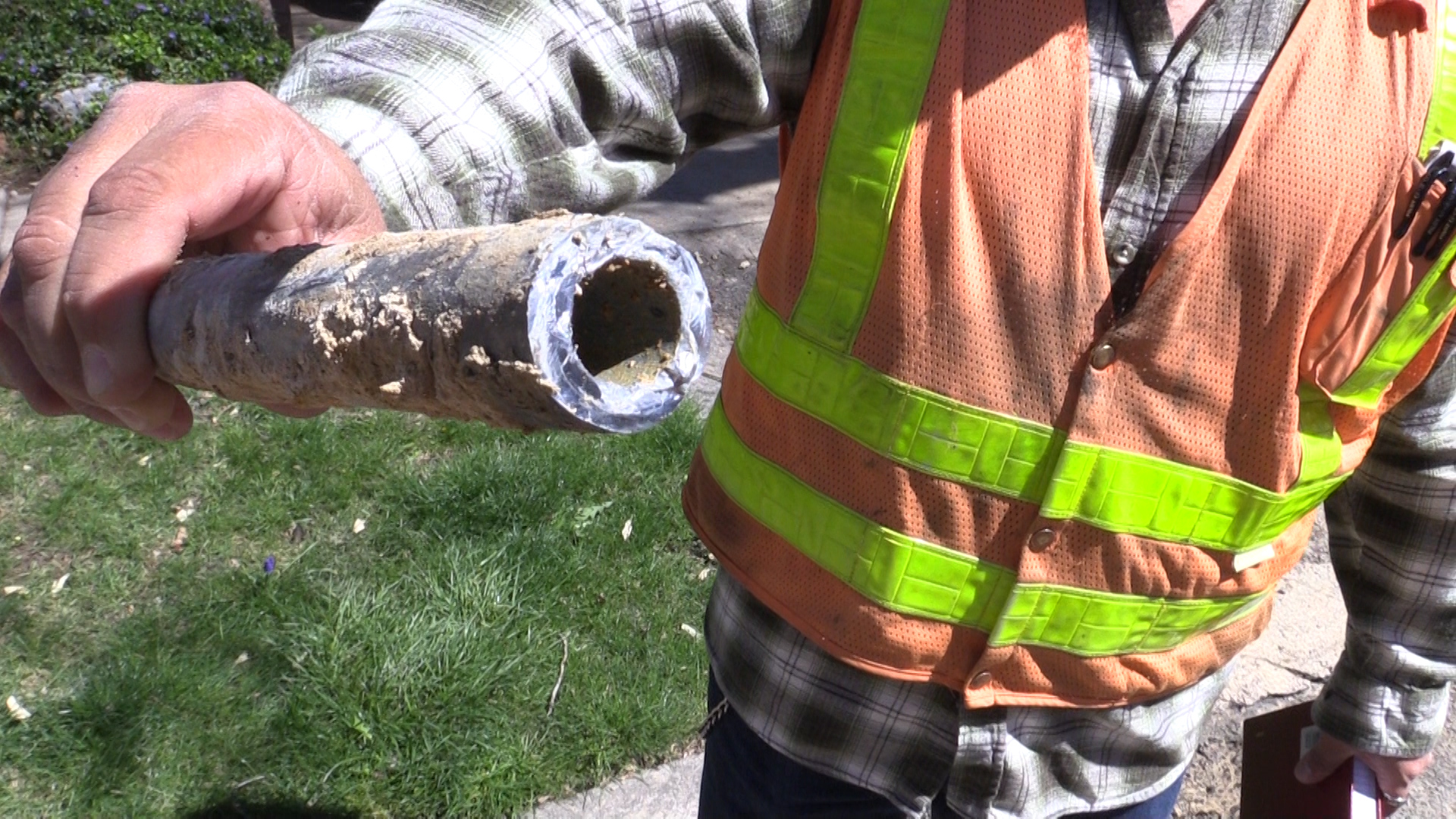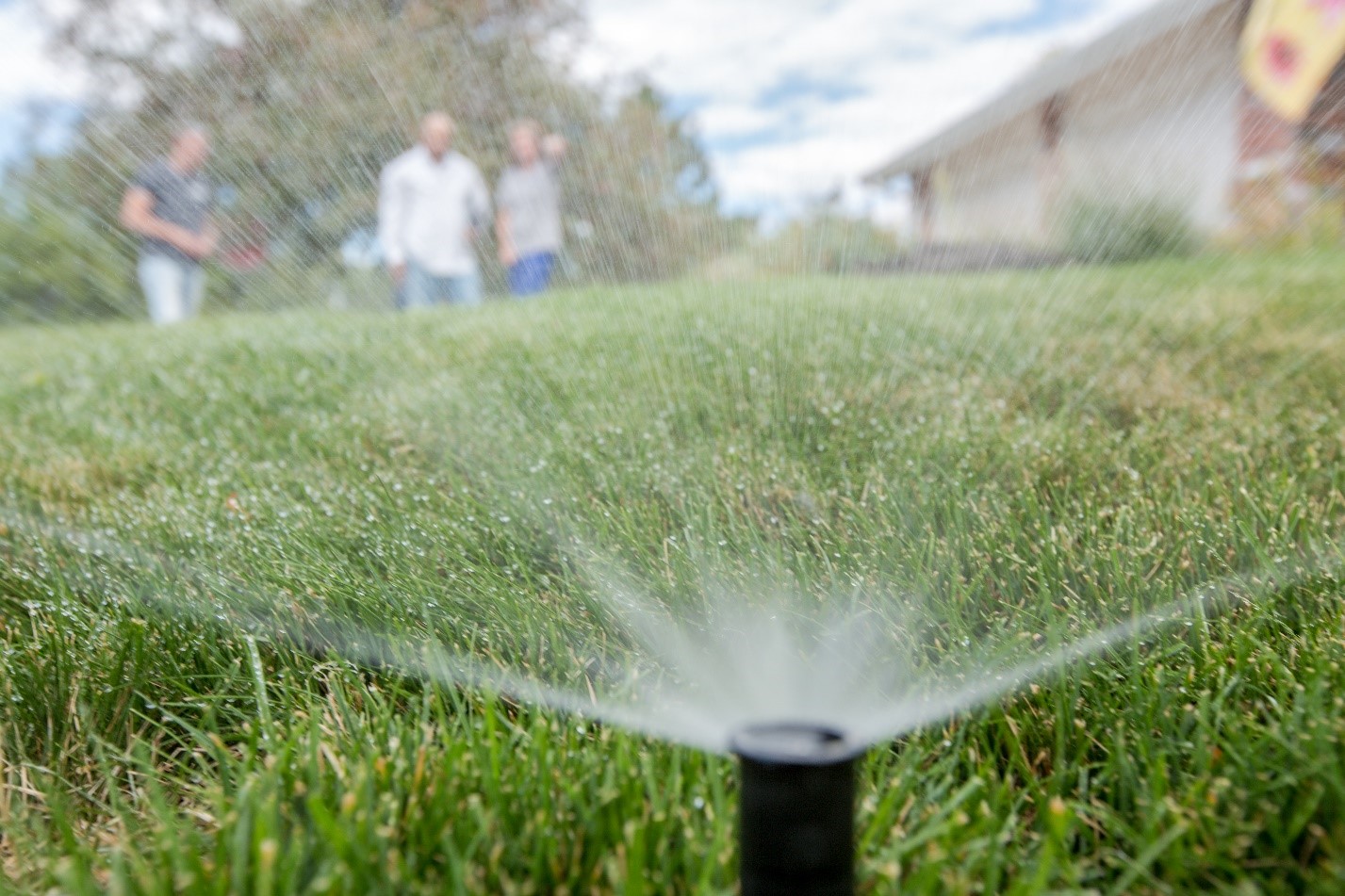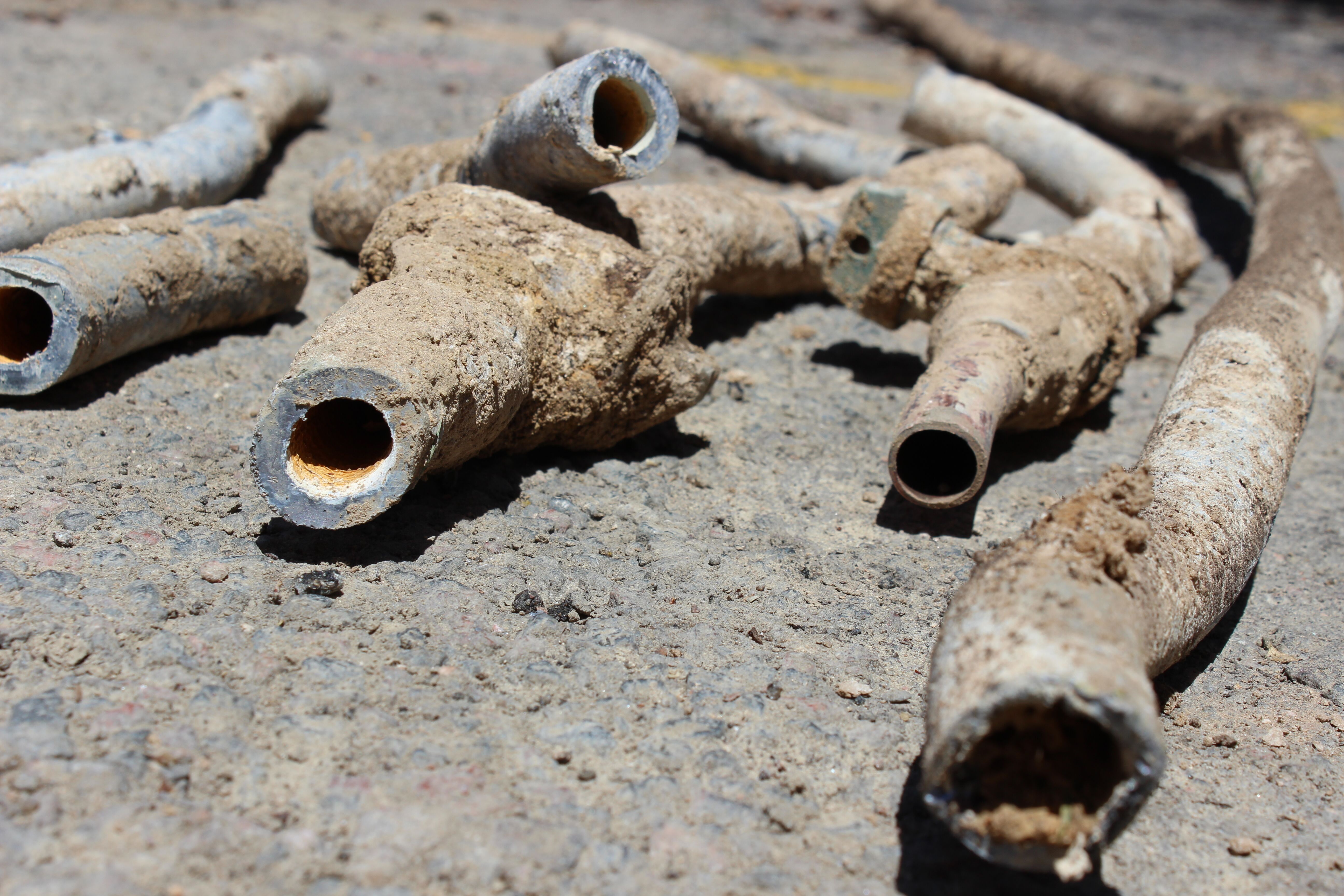
Denver Water increasing pH of the water it delivers
Denver Water, as part of its new Lead Reduction Program, increased the pH level of the water it sends to customers during the first week in March.
“This increase in pH will help protect our customers. It will reduce the risk of lead getting into drinking water from indoor plumbing and customer-owned lead service lines,” said Nicole Poncelet-Johnson, director of water quality and treatment at Denver Water.
Raising the pH level of water makes the water less corrosive and creates a protective coating on the inside of pipes. This coating helps prevent metal, like lead, from getting into the water as it passes through pipes, plumbing and fixtures.
“Water utilities nationwide take a variety of steps to ensure the water delivered to customers is safe and raising the pH of the water is one of them,” said Poncelet-Johnson.
The pH level of drinking water reflects how acidic or basic it is. PH is measured on a scale of 0 to 14, with 7 considered neutral, meaning there’s a balance between the water’s acidity and basicity.
For years, the water Denver Water delivered to customers had a pH that ranged between 7.5 to 8.5, with a target of 7.8. During the first week of March, Denver Water increased the pH range to be between 8.5 and 9.2, with a target of 8.8.
The higher pH will make the water less corrosive and also strengthen the existing protective coating on the inside of lead pipes. It won’t affect the water’s taste or smell or change the hardness of the water.
Other cities where the water has a pH that’s above 8 include: Boston, where the water has a pH of about 9.0 to 9.5; San Francisco, where the pH ranges from 7.8 to 9.9 throughout the year, with an average of 9.4, and the Canadian city of Ottawa, where the pH is between 9.2 and 9.4.
Among Colorado’s larger cities, the City of Westminster, under the guidance of the Colorado Department of Public Health and Environment, has maintained a pH of about 8.5 to 8.6 in their drinking water for the last six years.
To raise the pH, Denver Water has been and will continue using sodium hydroxide, a common water treatment technique, to raise the pH of the water.
The Lead Reduction Program was approved by the Environmental Protection Agency and CDPHE in December 2019 after years of study and review by those two agencies and Denver Water.
“Delivering safe drinking water is Denver Water’s most important responsibility,” said Denver Water CEO/Manager Jim Lochhead.
“Nothing is more important than protecting the health of our customers, especially children. No other utility in the nation is taking this proactive and voluntary approach to replace customer-owned service lines. The Lead Reduction Program will protect future generations and is in the best interest of public health and the environment,” he said.
While the change in pH is considered safe for people, water has a wide range of uses throughout our community in addition to the basic human need for drinking, cooking and bathing. It’s used to brew beer and distill spirits, in fish tanks and in equipment to heat and cool buildings.
Experts in these various sectors routinely take steps to change Denver’s water to suit their own specialized needs.
Ahead of the increase in pH, Denver Water reached out to experts in many specialty areas to let them know about the change. They also sought information on how a higher pH may affect different sectors and the best management practices that may be needed moving forward.
“Fortunately, what we’re learning so far is that, where the higher pH may have an impact, there are steps that can be taken in maintenance and operations to minimize those potential impacts,” Poncelet-Johnson said.
This is just some of what Denver Water’s experts have heard. More information is available at denverwater.org/pH.
Fish and aquariums: Know your fish and the environment you provide to them. Different kinds of fish prefer different ranges of pH. For instance, freshwater fish, in general, prefer a lower pH than saltwater fish.
Experts at Colorado State University say it’s a good practice to regularly test the pH of the water in the fish tank and also to test and adjust the water if needed prior to adding it to the tank. Hobby groups and stores that sell fish and equipment would also be good resources.
Plants and landscapes: In general, there should not be any major impacts on plants and landscape. Soil scientists have indicated the higher pH should be no problem due to the natural buffering capacity of the soil that helps prevent major impacts on plants.
Specific plants and circumstances may call for best management practices to be used.
Equipment and machinery: A small amount of additional scale may be noticeable over time where hot water is in contact with fixtures and appliances, such as hot water heaters, dishwashers and showerheads. Follow the manufacturers’ directions for care and maintenance of these appliances and other equipment.
Dialysis: Denver Water contacted DaVita, which as of December 2019 provided dialysis services to more than 235,000 patients in the U.S. and 10 other countries. DaVita said the pH change for Denver Water’s service area poses no risk to dialysis patients and will not affect in-center or home dialysis treatment operations.
“The increase in pH may require some to make adjustments in the way some people use Denver’s water, but it’s important to remember this change’s primary purpose is to help protect the health of all the people who live in our community,” said Poncelet-Johnson.
According to Poncelet-Johnson, lead is a metal found naturally in the earth and used by human society for centuries. It’s toxic to humans when it gets into our bodies if we breathe or swallow something that has lead in it or on it. Lead builds up in the body over time, so ongoing exposure, even at low levels, may eventually cause health effects.
The water that Denver Water delivers to customers is lead-free, but lead can get into drinking water through customer-owned water service lines and household plumbing that contain lead.
Water service lines are the pipes that bring water from a utility’s main delivery pipe in the street into a customer’s home or buildings. Lead service lines are the primary source of lead in drinking water.
In Denver Water’s experience, lead service lines are most likely to be in homes and buildings built prior to 1951.
Information about Denver Water’s Lead Reduction Program, and lead in drinking water, is available at denverwater.org/Lead. Information about the increase in pH levels is available at denverwater.org/pH.




